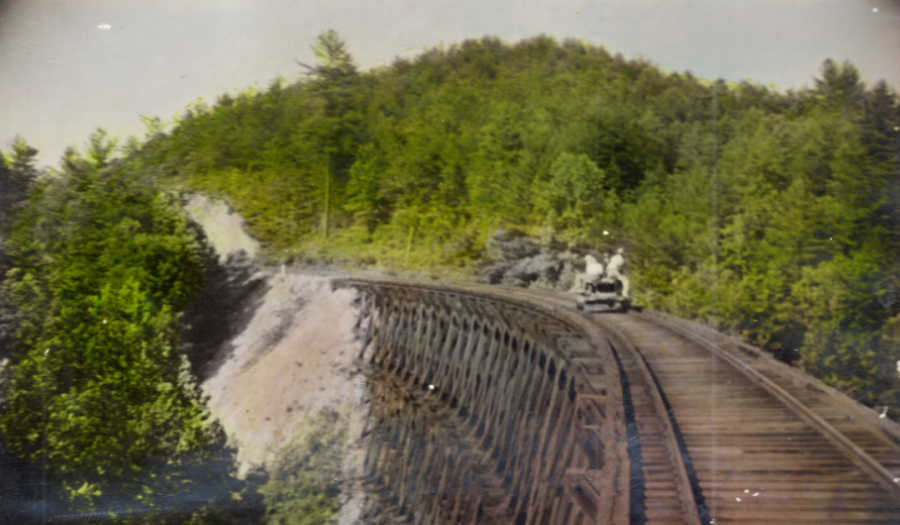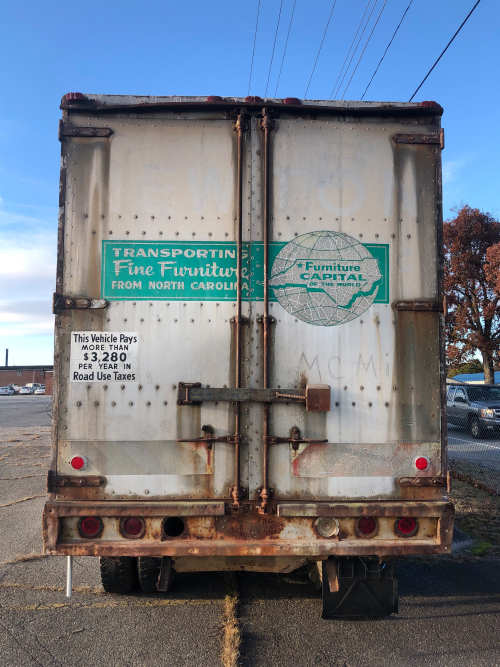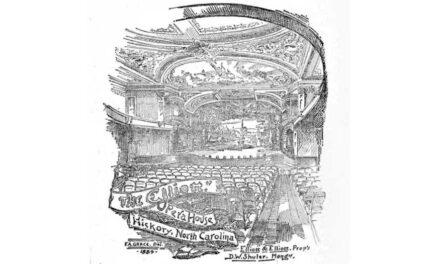
There was once an industry that grew in this region, much like the wood it used. From Statesville to the mountains, generations lent their labor and their ingenuity to the rise of furniture manufacturing. Seemingly, in the span of 150 years, it came and went. At one time, factories employed more people than any other line of work and helped fuel the purchase of everything from homes and cars to weekend dinners out, a way to celebrate after a hard week at the ‘shop.’ Furniture also put the Tarheel state on the map. The Catawba Valley, along with High Point, combined to declare North Carolina as “the furniture capital of the world.” Riding down Highway 321, the phrase could be seen on the back of tractor-trailers hauling another load to retail stores across the country.

Newly constructed railroad lines will carry out many of those trees that populate the mountains, creating an Industry In The Wood.
Then it was gone. As the 21st century dawned, off-shoring zapped the once-great industry. Epic in its rise and fall, the history of the foothills can’t be told without furniture-making being a part of the story. Buildings that pumped out bedroom, living room, and dining room ‘suites’ (pronounced around here the same as a coat and a pair of pants) have been torn down or repurposed, largely. Some might not even remember what a dominant industry it used to be. But it was. And that’s why next week, a journey begins.

The back door of a tractor-trailor, loaded with furntiure, proclaimed western NC as “The Furniture Capital of the World.”
Every second Tuesday night of the month (November through April), we will take a collective look at the mechanization of furniture production, where it started, how it grew, and where it went. You’ll know some of the players, their names are still recognizable. Others came and went. I will be leading the discussion starting at 6 pm, at Patrick Beaver Memorial Library, with a continuing presentation that takes the story from its humble beginnings to a primary manufacturing force, one in which numerous cities in the area based their economy for over a century.
Be warned, this is not a Greek tragedy. Though case goods are largely products of distant lands, elements of furniture manufacture remain. Upholstery has survived and has even begun to prosper in the old capital, a rebirth that signifies western North Carolinians still have a future as furniture producers.
The furniture industry was once mapped out as two circles in the state. One included High Point, Thomasville, the other Hickory, Lenoir, Morganton, Newton, Marion, and Lincolnton. They were joined at Statesville, creating a horizontal figure eight, or the sign for infinity, if you will. The furniture market still goes on twice a year down east but instead of leaving the western half to be forgotten, next year a new book will be released that details the contribution of people who created furniture’s important legacy. Industry In the Wood: The History of Furniture in Western North Carolina, through Redhawk Publications, will reveal the unique trail blazed by entrepreneurs and workers of three centuries, from the 19th to our own.
Due to restrictions, seating is limited to the first thirty attendees. I hope you will be one of them so we can ‘talk furniture.’ It should be a lively conversation.








